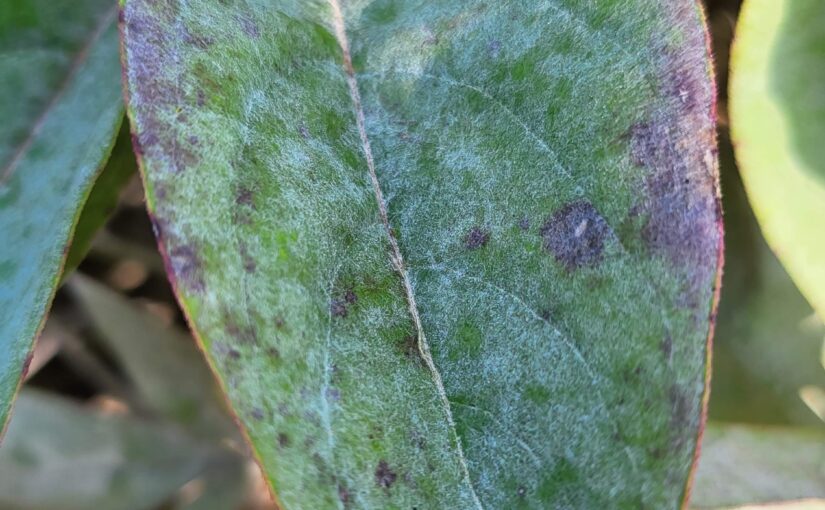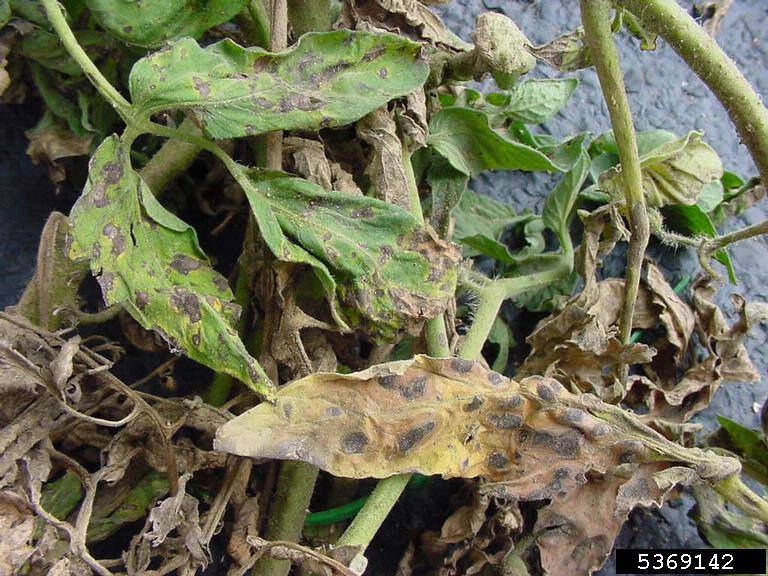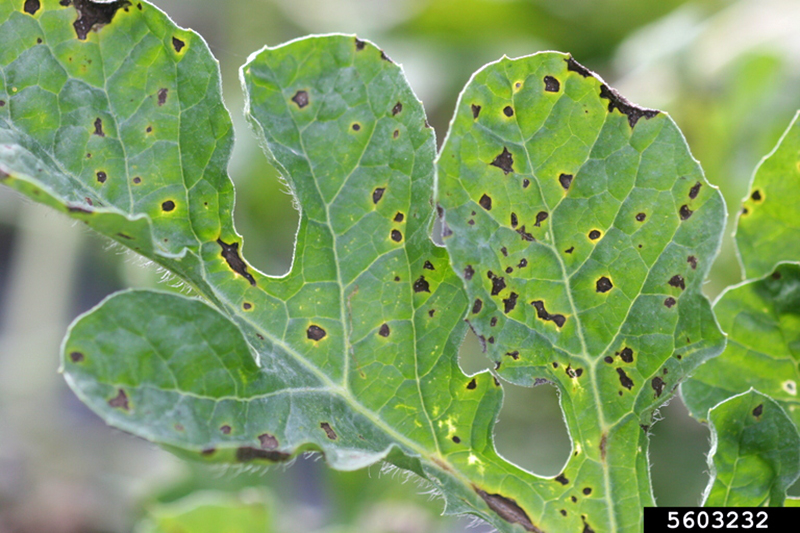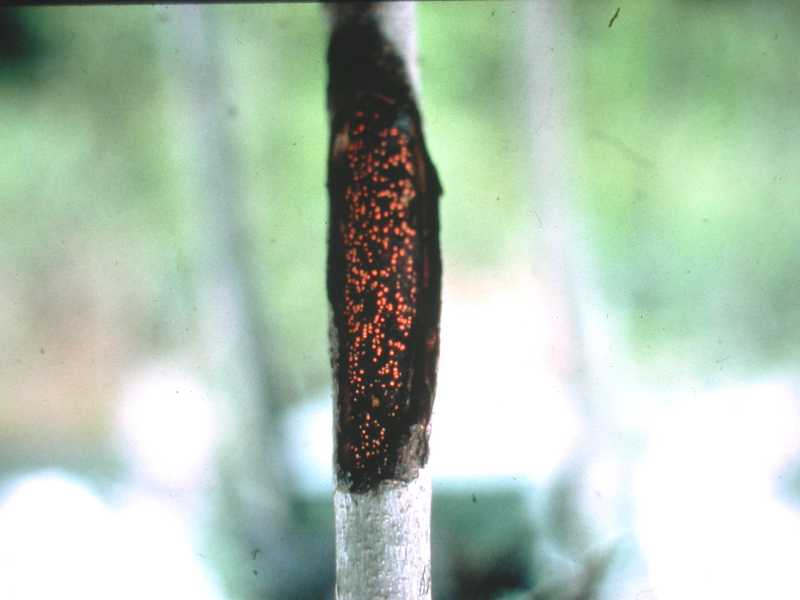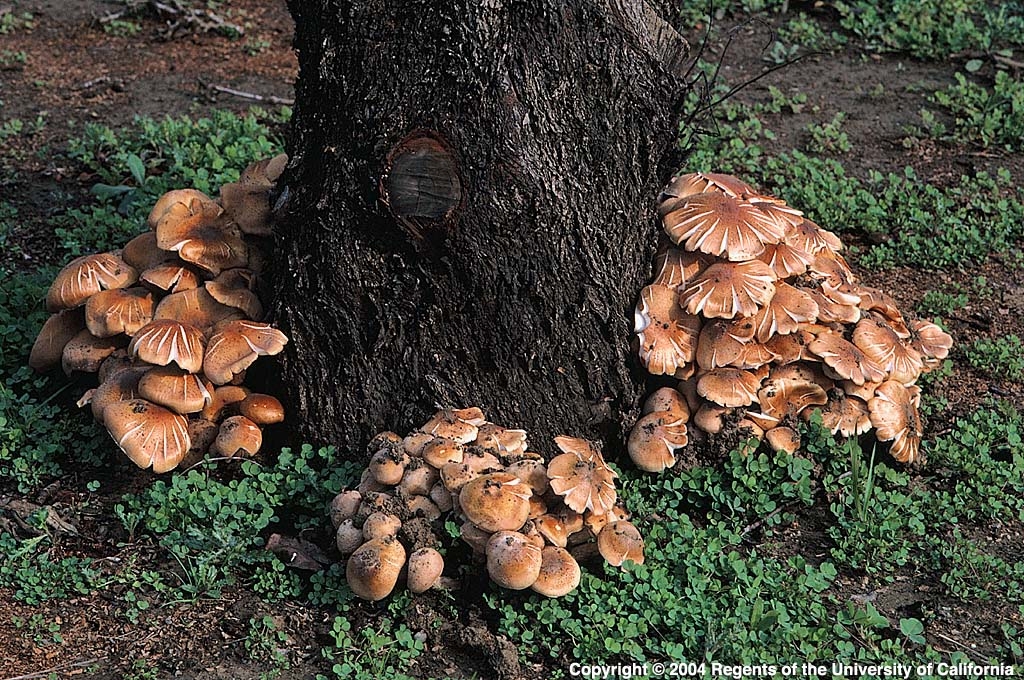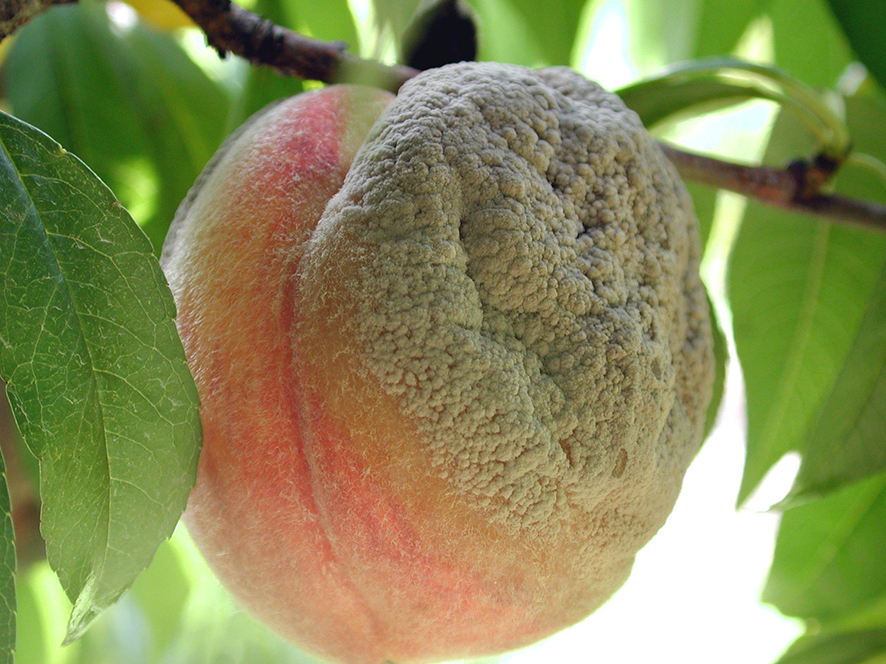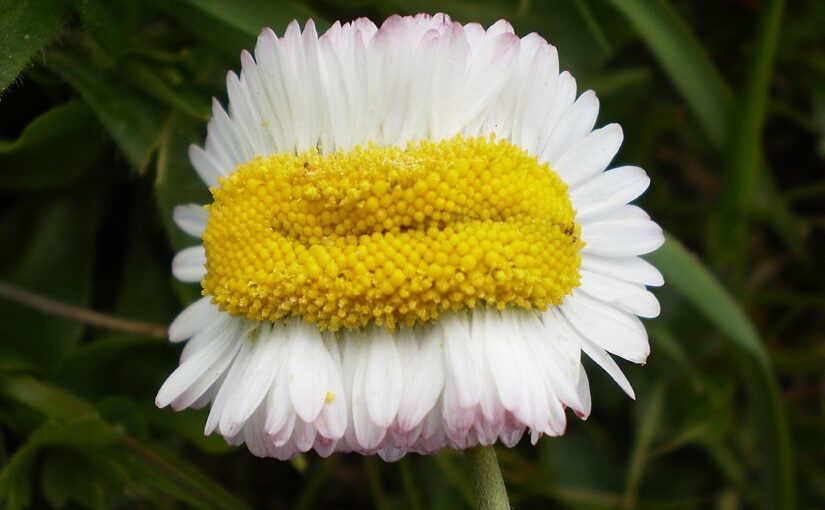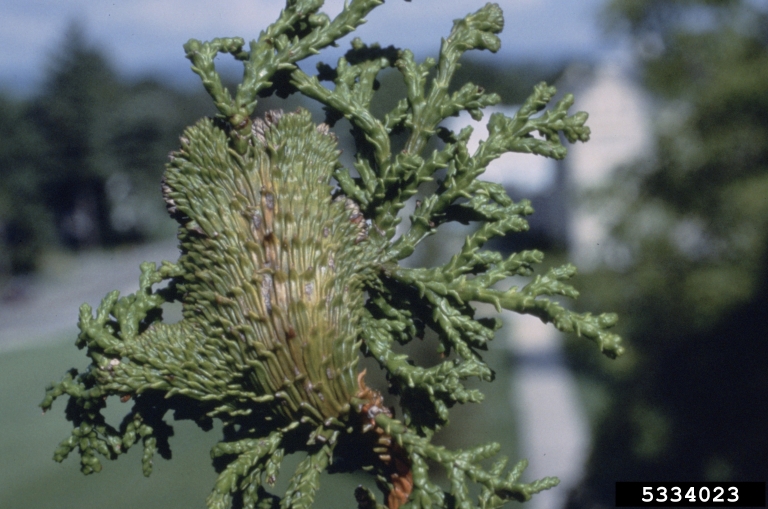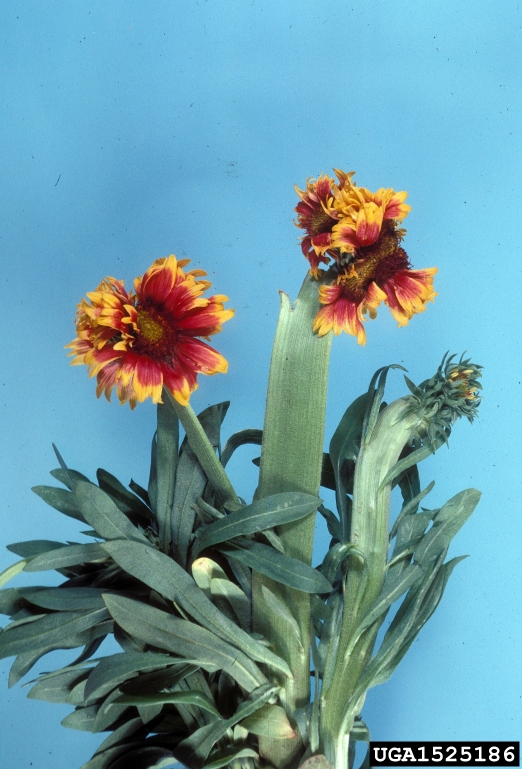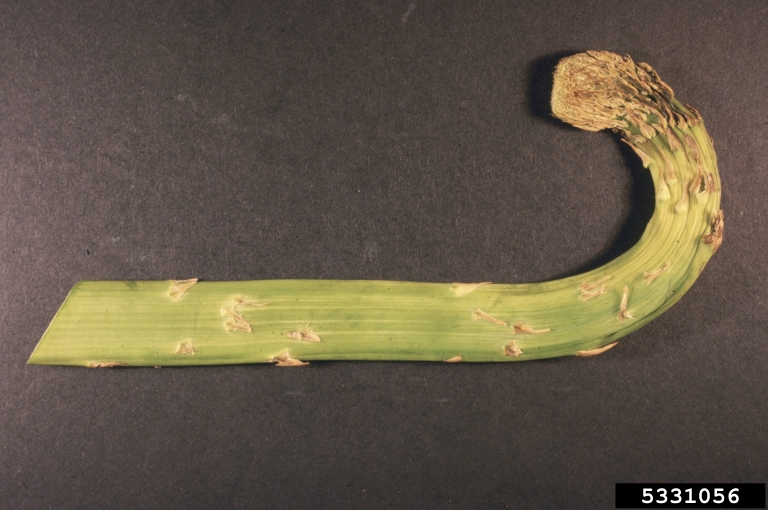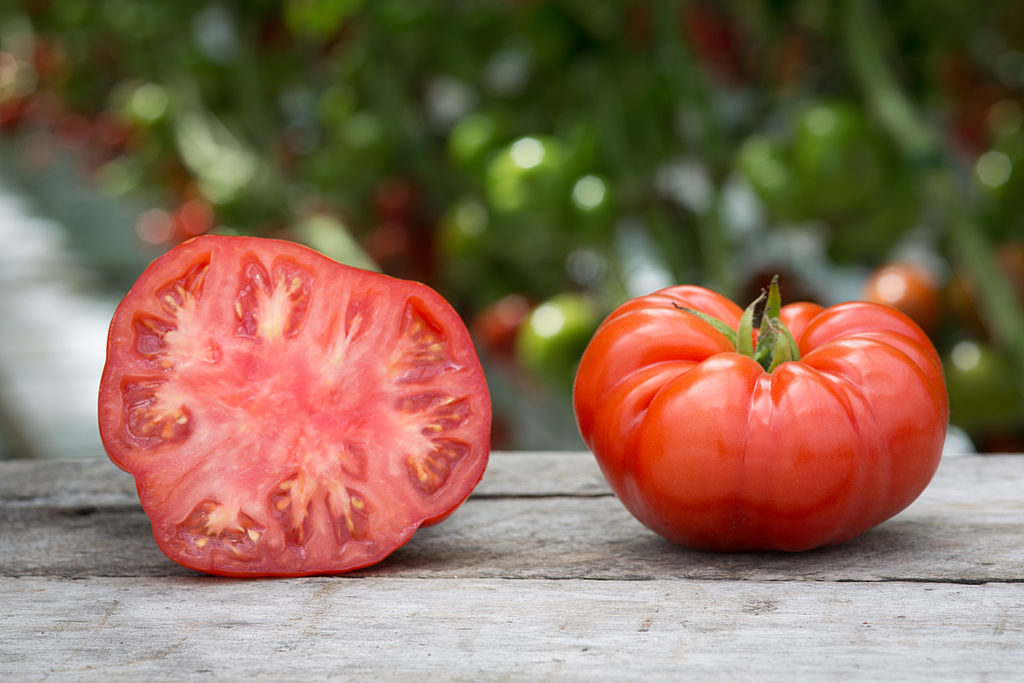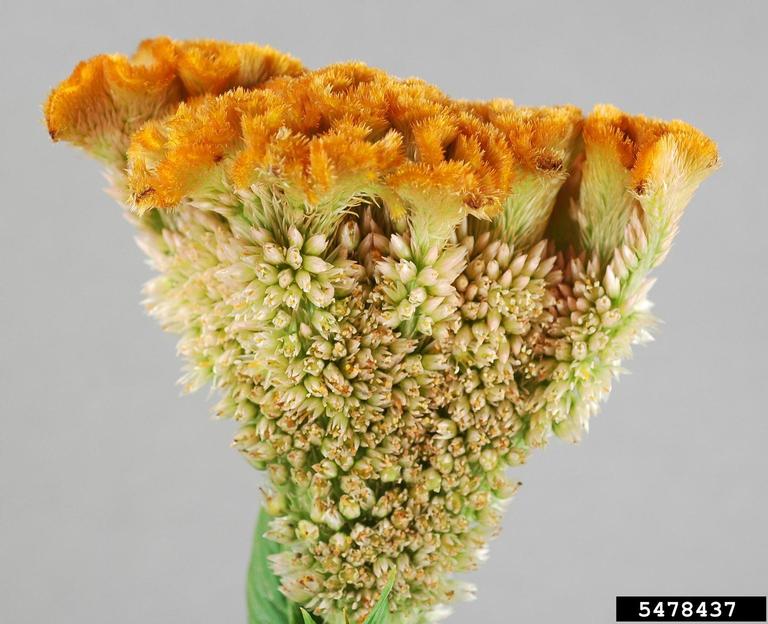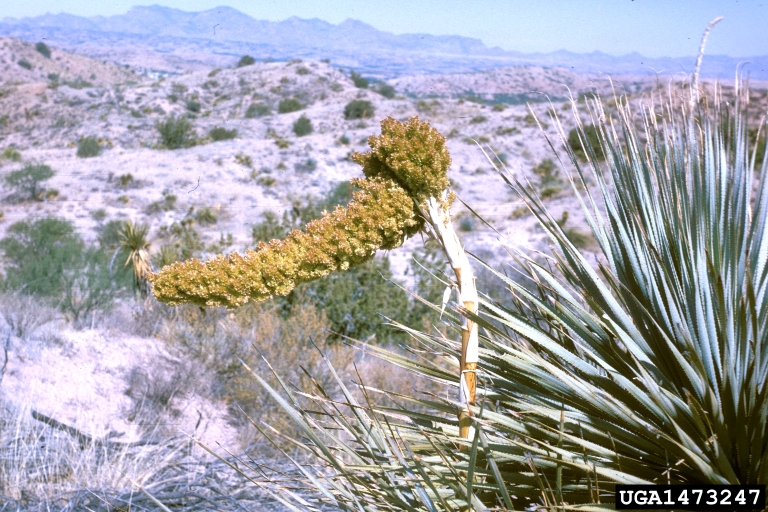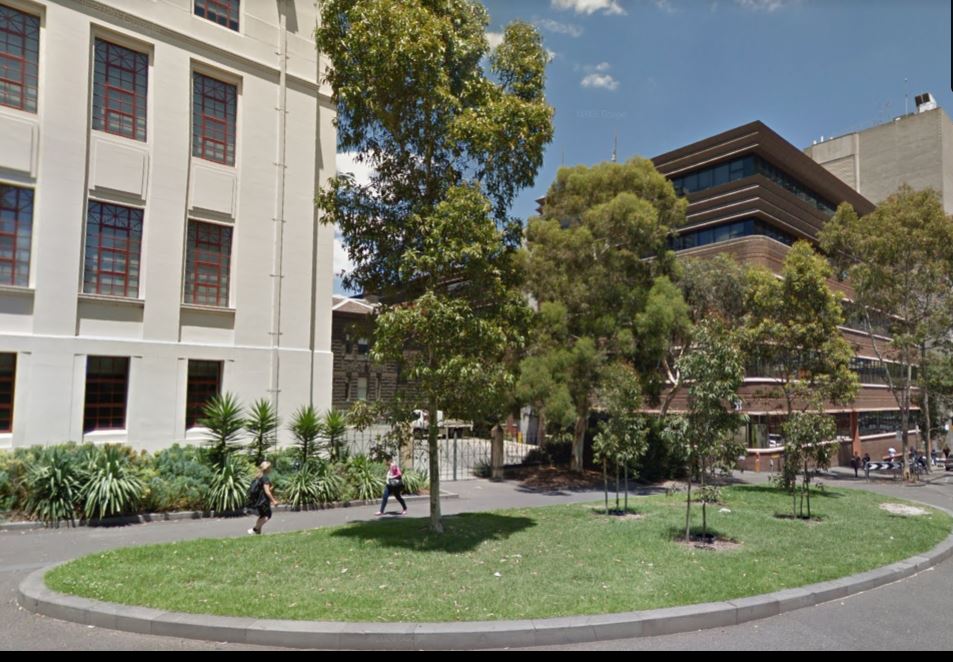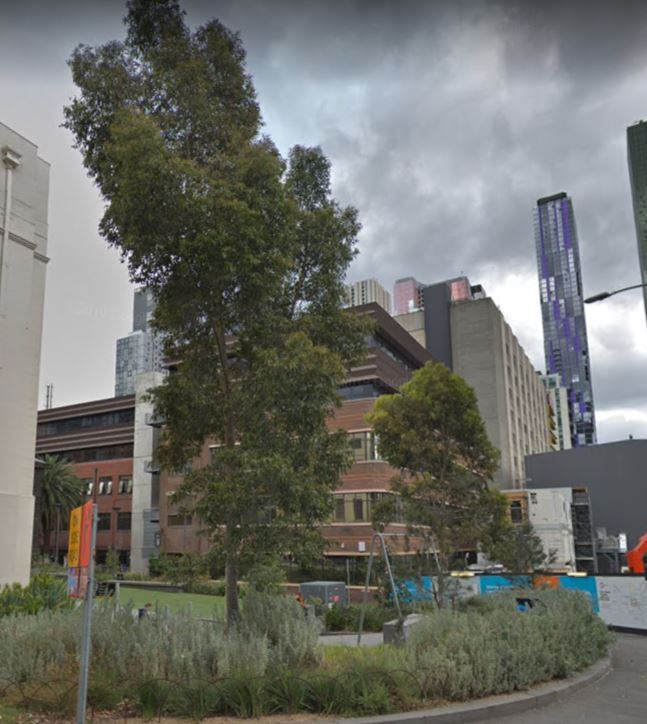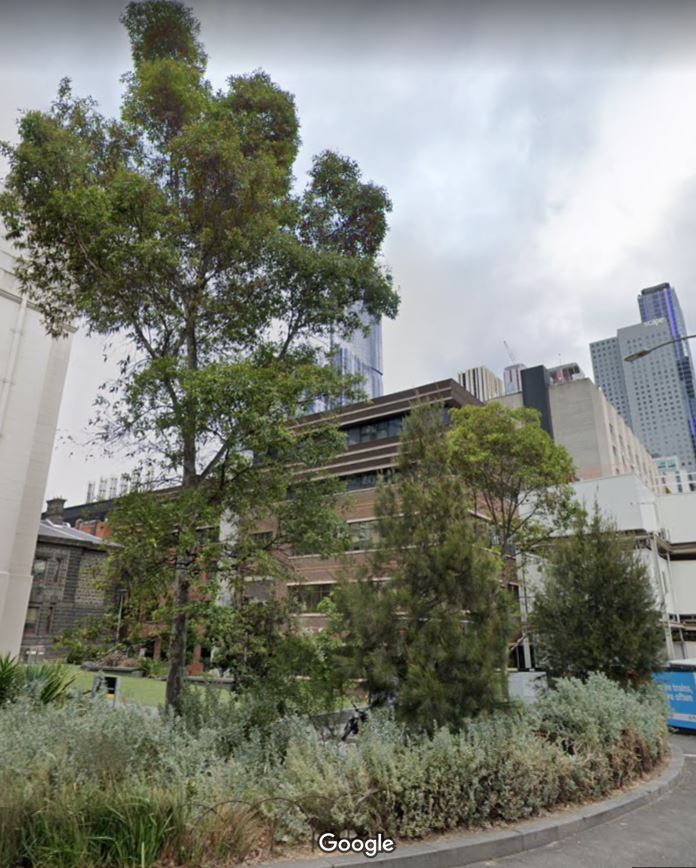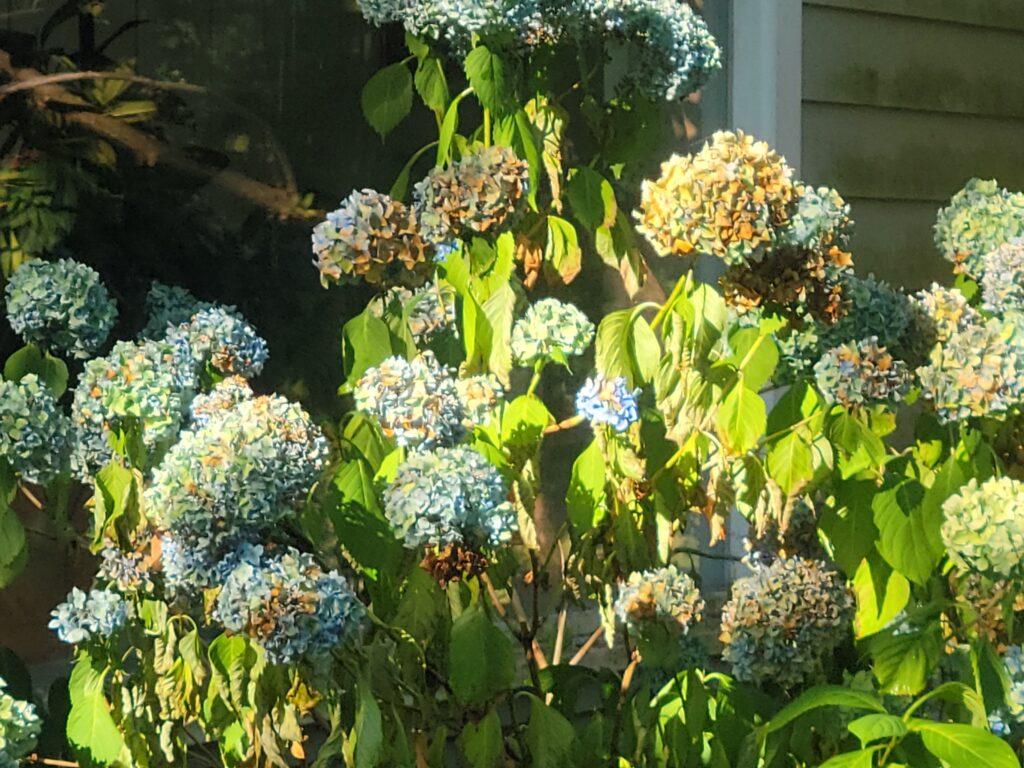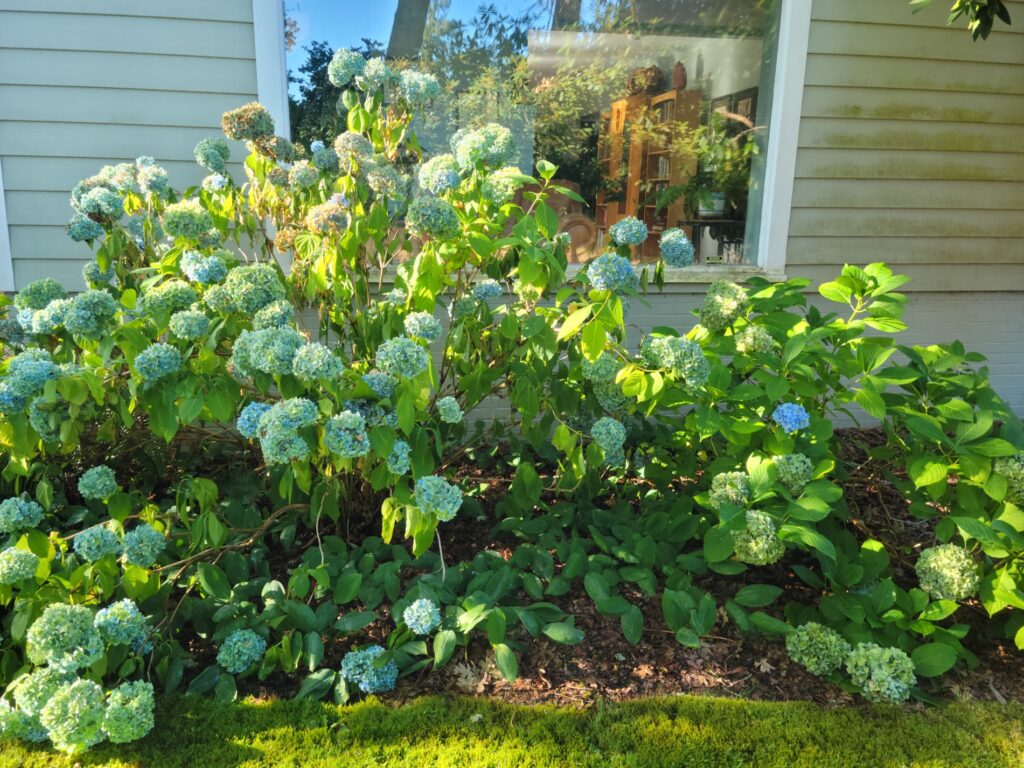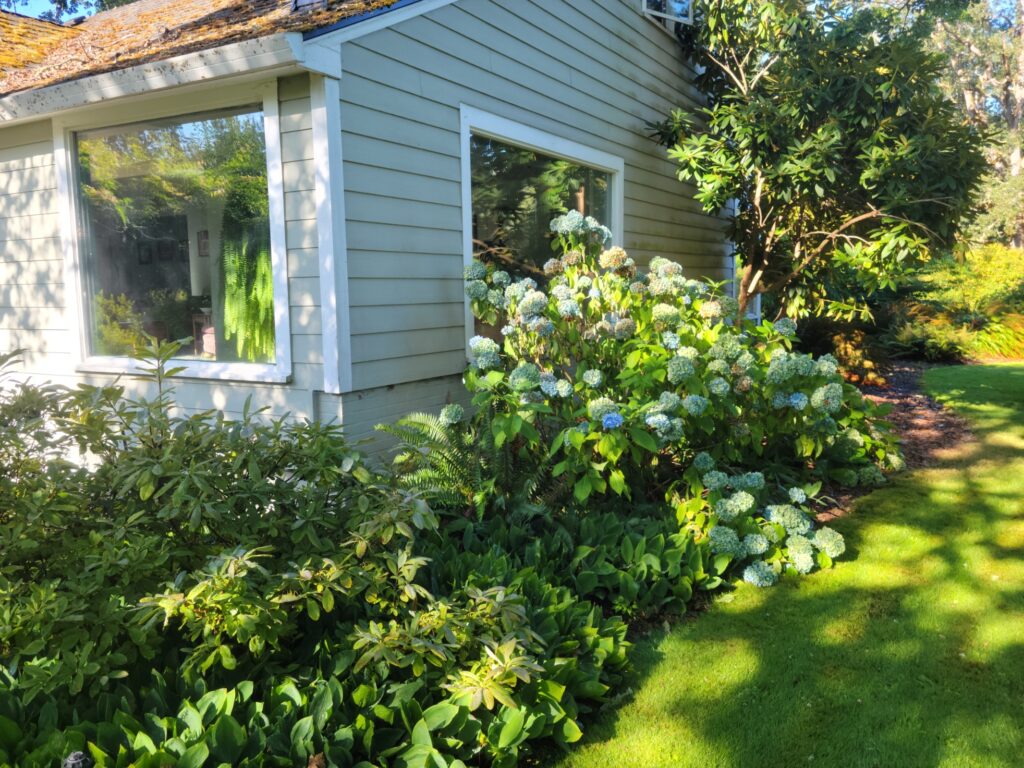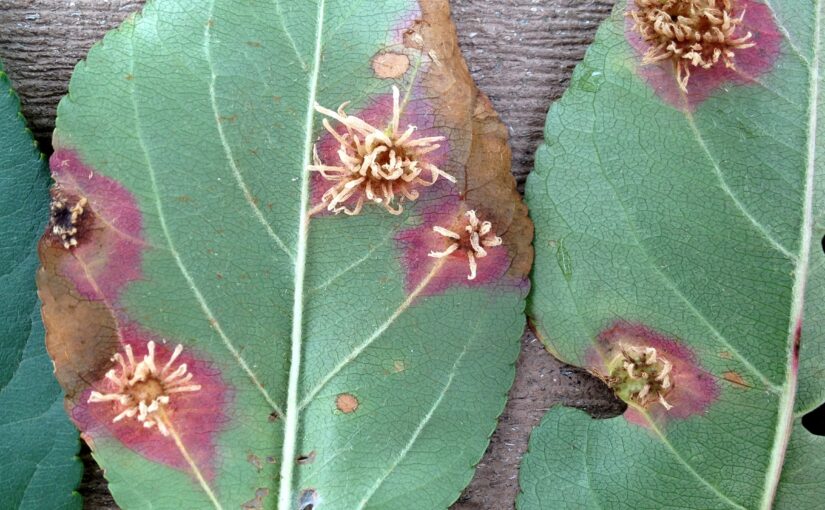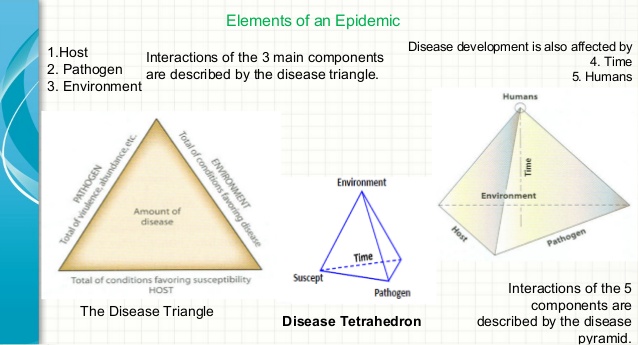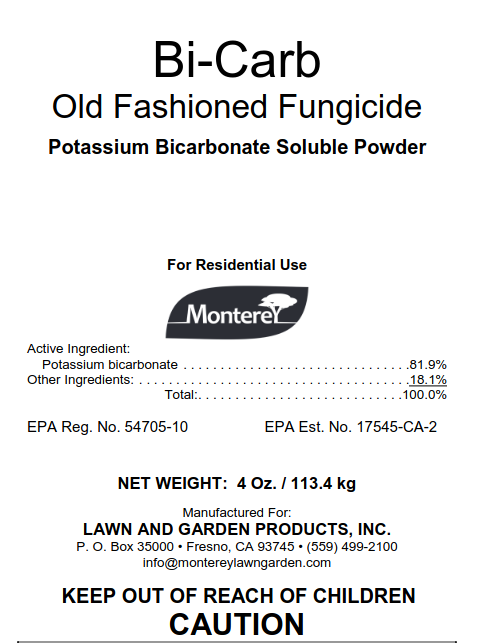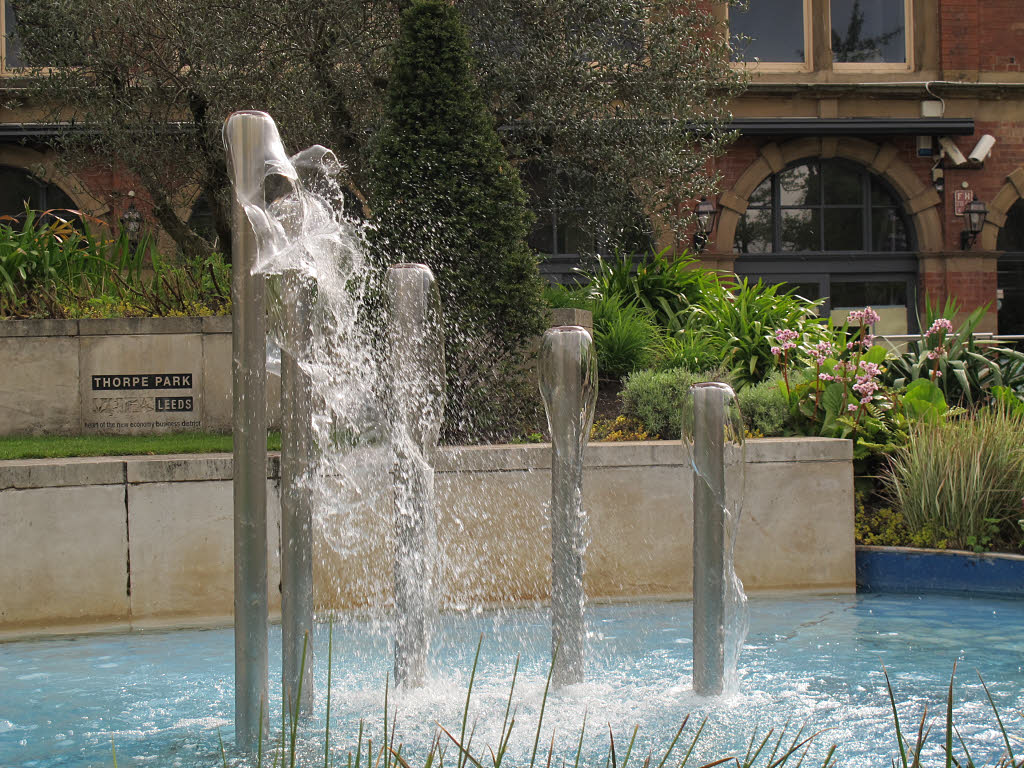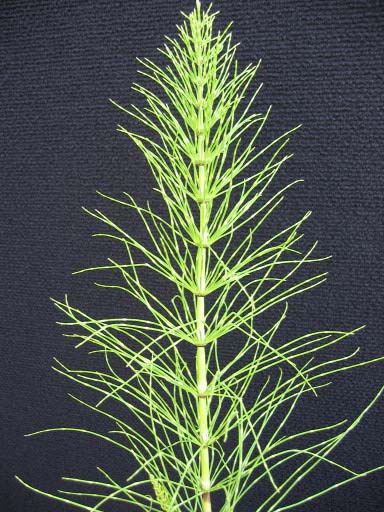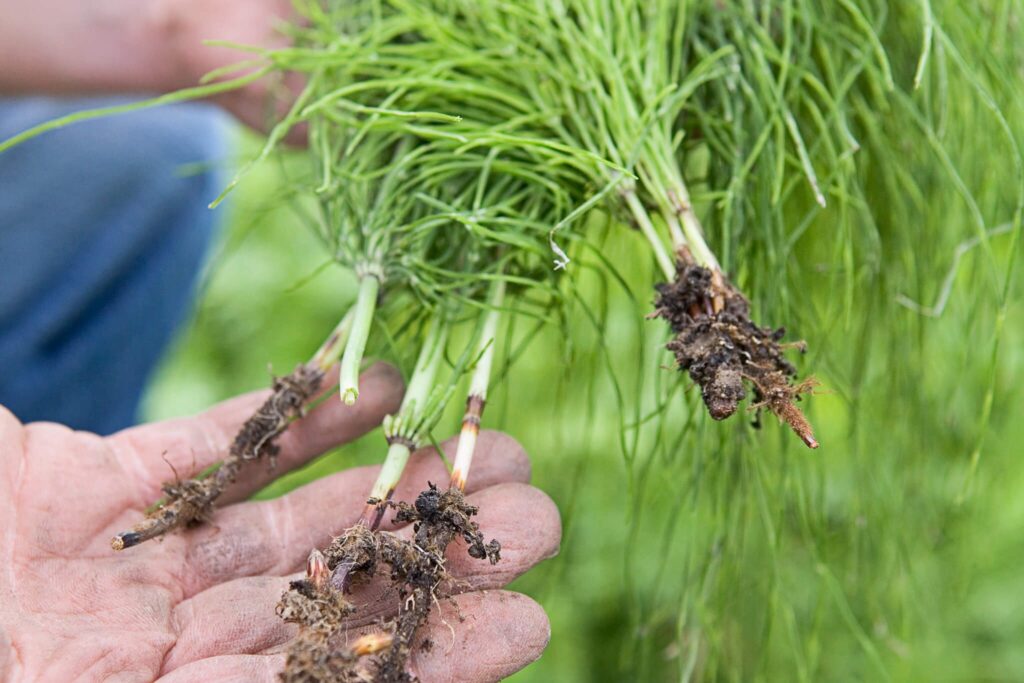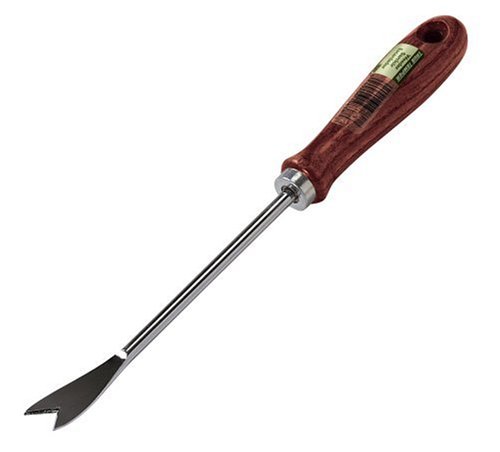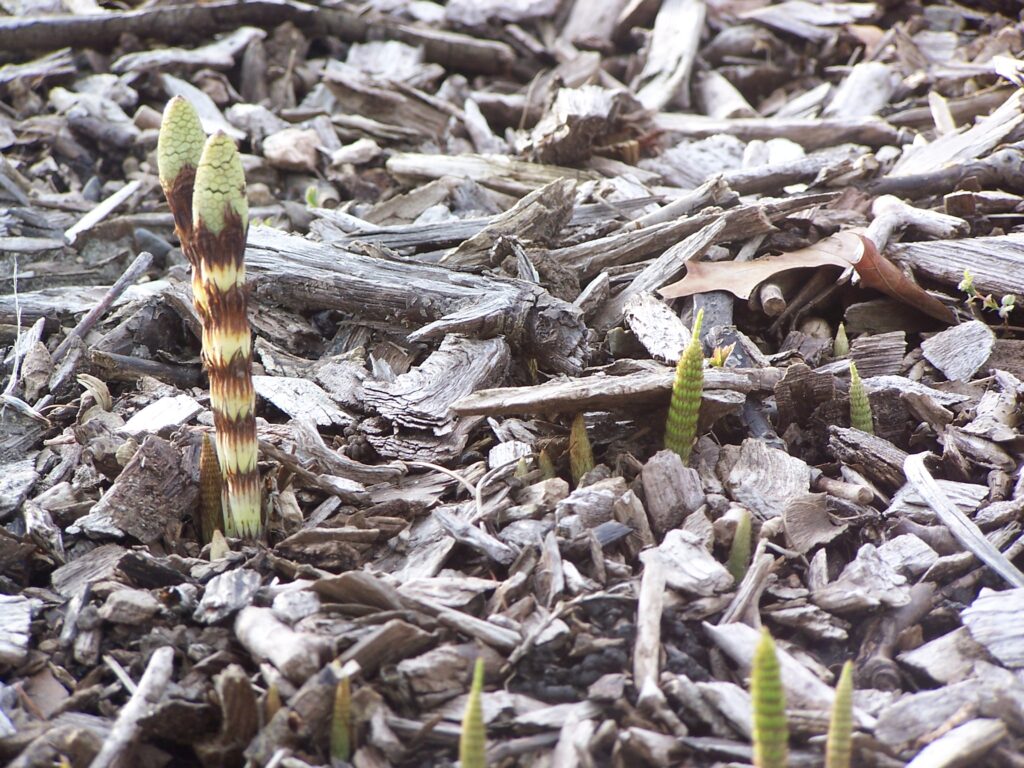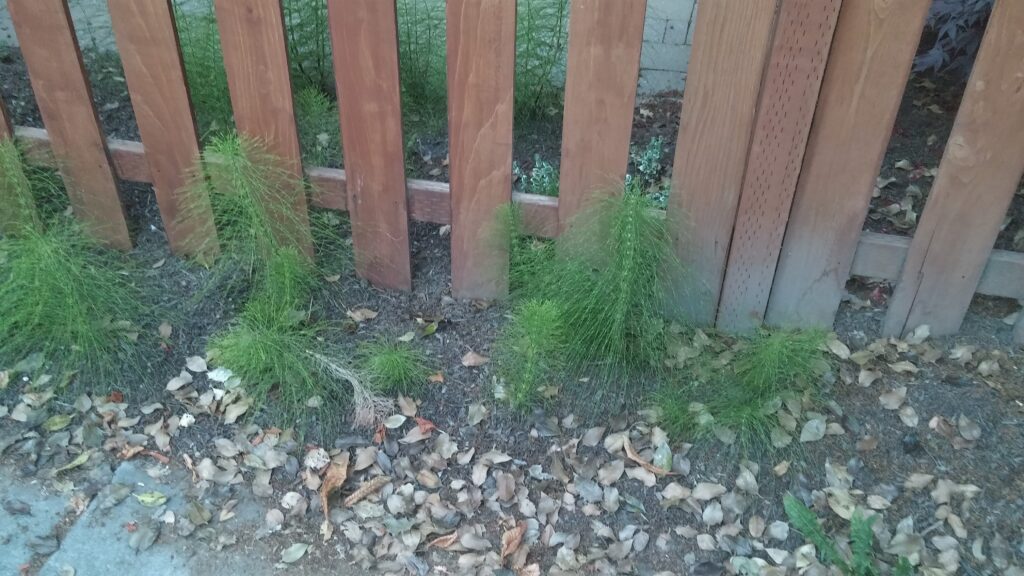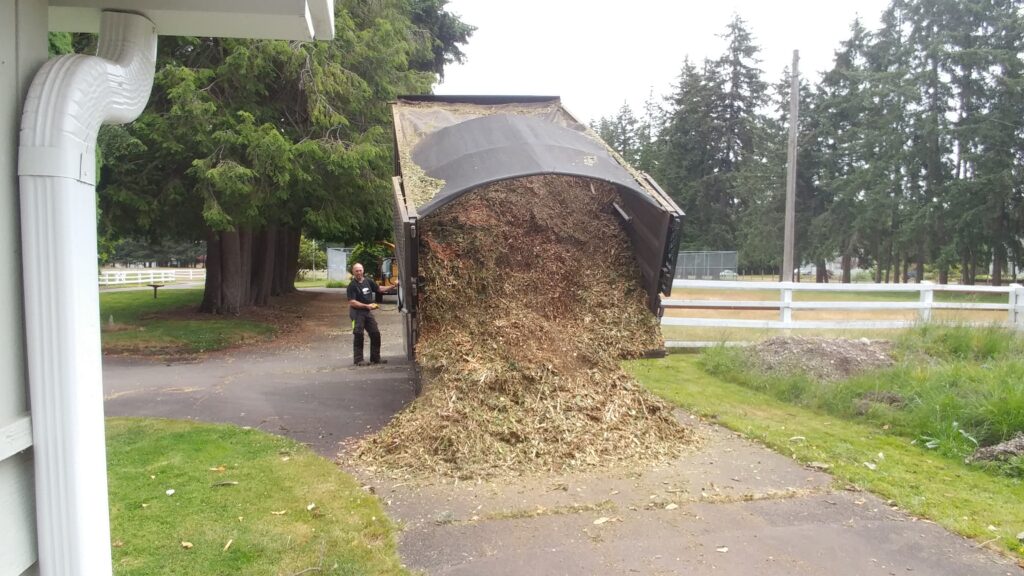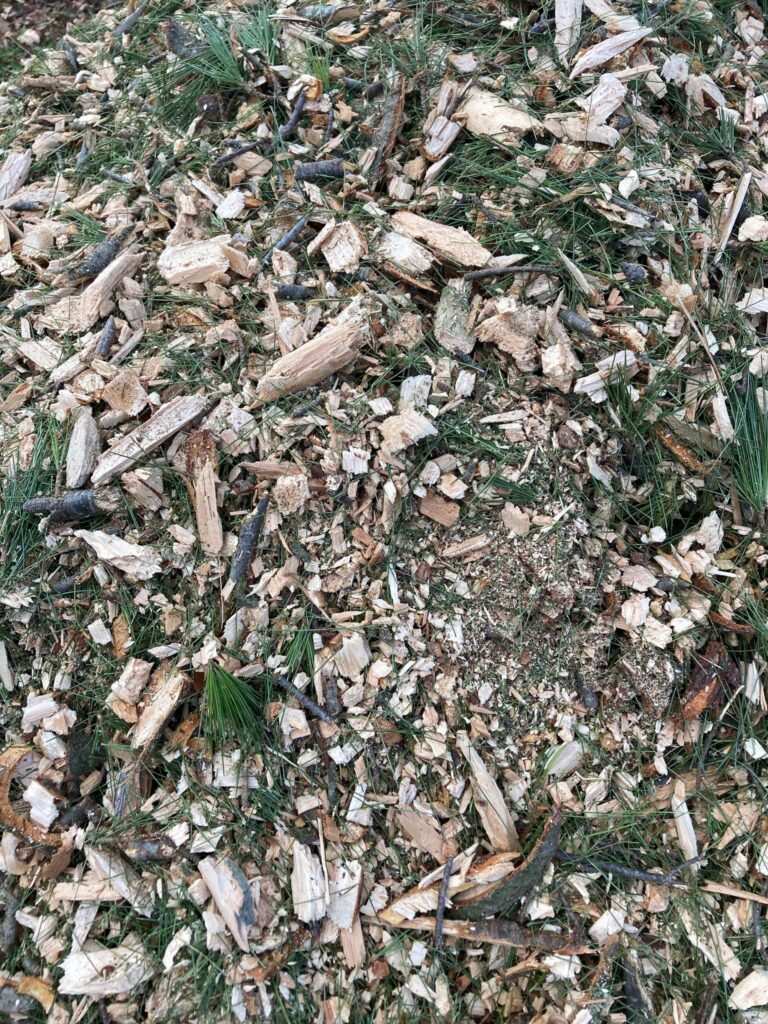I’ve been doing horticulture myth-busting for almost 25 years now – and what I’ve learned is that myths are zombies. Not only do myths not stay dead, but new zombie myths are also continually created. One of the newest bright-n-shiny distractions is electroculture. It’s EVERYWHERE.

What is electroculture, you might ask? Well, Jaccard (1939) described it as “the stimulation of growth in plants by means of electricity passed into the atmosphere surrounding them or into the soil in which they are growing.”
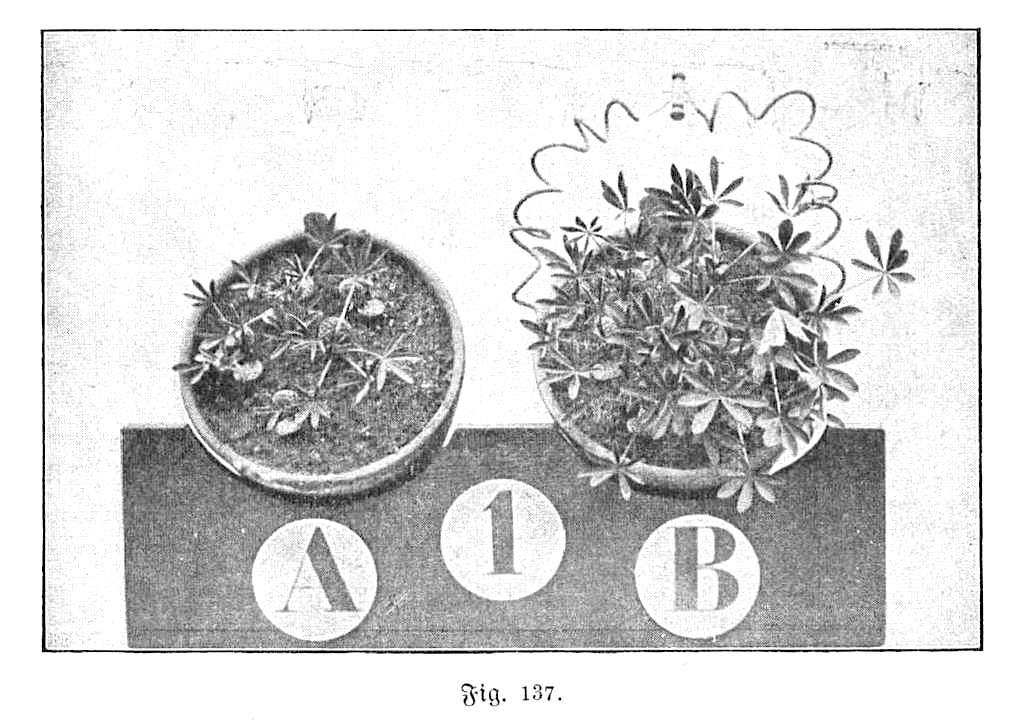
There was a surge in research in the late 1800s through the early 1900s, partially due to earlier observations which tied electrical storms to improved plant growth. (Further research determined that lightning fixes atmospheric nitrogen into a solid form (nitrate), which dissolves in raindrops and enters the soil system. This was undoubtedly responsible for the reported improvement in plant growth after electrical storms.)

Scientific interest in electroculture tapered off with advances in plant physiology and the development of commercial fertilizers. Furthermore, the few scientific publications that came from early studies showed no consistent benefit from electroculture:
- “Favourable results in increased growth and yield have been obtained from time to time, but they are uncertain and largely dependent on weather conditions.”
- “Plants on poor soil are little influenced, since electricity…does not provide either nutrients or energy.”
- “A current of 10 milliamps inhibited growth in 5 plots, but in 10 others yields increased.”
- “Electroculture experiments produced no differences in the treated trees in growth or yield.”

In the 21st century, a desire to use fewer chemical fertilizers has spurred renewed interest in electroculture. There are vast numbers of websites proclaiming improved plant growth from sticking copper wires in the ground. None of these are backed with any reliable evidence, but proponents argue that new research (since 2000) supports this practice.
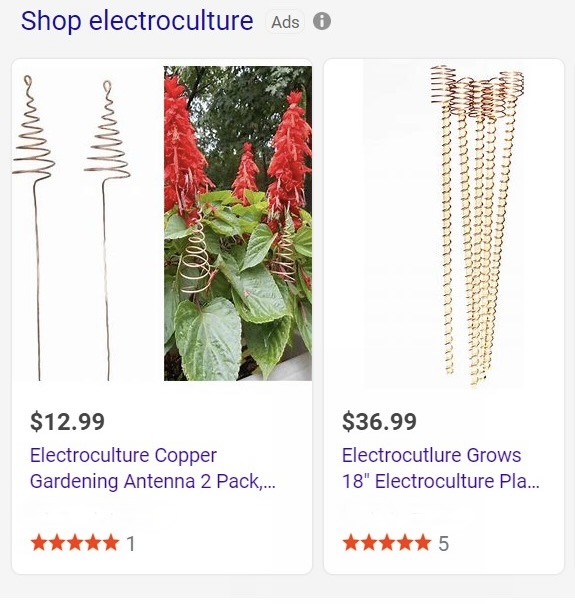
I did a search of the scientific literature through AGRICOLA, CABI, and Web of Science/BIOSIS. There were zero publications after 1968. However, Google Scholar lists several. Google Scholar searches for publications in any form on the internet that have been authored by scientists. Here’s an example of what you will find:
- A 2021 conference report for the IEEE 13th International Conference on Humanoid, Nanotechnology, Information Technology, Communication and Control, Environment, and Management (HNICEM).”
- A 2021 Research Centre Lab report from the Late Ramesh Warpudkar ACS College Sonpeth, India.

These are not peer-reviewed, scientific journal publications. Even earlier ones from the 1980s are in irrelevant journals such as Journal of Biological Physics. Plant scientists publish in plant science-related journals. Researchers outside the field of plant sciences really have no clue how plants function, nor do they have the expertise to design experiments which consider the variables that affect research in applied plant sciences.

Yet, proponents of permaculture push this concept without evidence, using anecdotes as equivalents to scientific data. Conspiracy theories abound, with accusations that chemical companies have forced scientists to cease electroculture research.

Proponents of electroculture “rely on theories of geobiology and use light devices, antennas, or magnets intended to act on the cosmo-telluric electromagnetic fields of the universe, as in dowsing (Wikipedia).”

Worldwide, scientists consider electroculture to be a pseudoscience, particularly because it does not propose any plausible scientific mechanism to explain how electricity would stimulate plant growth.

If and when this changes – when recognized plant science experts publish positive results that are confirmed by other plant researchers – those results will be in bona fide plant science journals and be worth discussing. Right now, don’t waste your time with another horticulture myth that refuses to die.

If you are interested in honing your BS detector, please take advantage of this peer-reviewed Extension Bulletin.
My thanks to Sylvia Hacker for finding great vintage photos to help illustrate this post.
